Pilates For Amputees
Author: Thrive Staff Writer
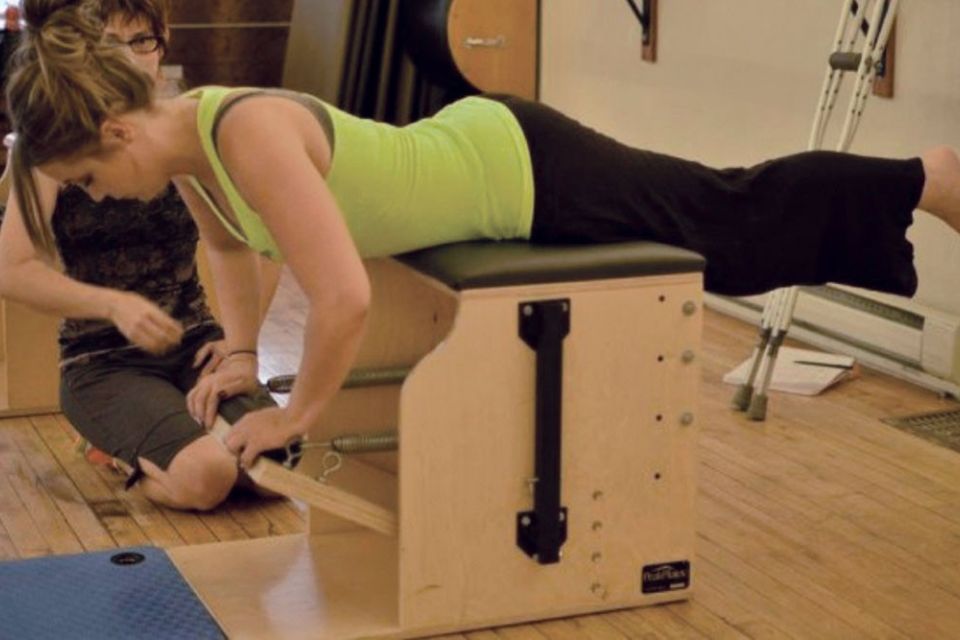
What is wellness? It’s really about balancing the different parts of your life that allow you to live to your fullest potential. It’s about achieving positive changes in many areas of your life.
Physical, emotional, environmental, social, intellectual, and occupational… and getting back to the activities you love, whether that is golf, Pilates, or just living a healthy lifestyle.
Have you heard of Pilates but not sure exactly what it is? Ottobock asked three Pilates experts to share their professional Pilates expertise and tips when considering an adaptive Pilates experience. Pronounced pee la teas, Pilates is named after the German physical fitness specialist Joseph Pilates (1880 -1967). Pilates created a system of exercises using special equipment designed to improve strength, flexibility and posture. In fact, Pilates was devised as a form of adaptive exercise for people injured by accidents or the effects of World War I as he sought to devise ways to help them restore their mobility and health.
Pilates cleverly devised exercise apparatus out of their hospital beds, using the frame and springs to create exercises to address the needs of the bedridden. Many of the modern exercises used today came from the rehabilitation setting.
PILATES TODAY
Today, Pilates is done in a studio with an instructor, privately or in a small group class. It is an exercise that is highly adaptable to meet the needs of almost any level of fitness.
Pilates makes use of spring-loaded equipment designed to support the body even while providing a challenge to the muscles. It also increases body awareness through feedback delivered from the equipment and springs. The majority of the work is done from a prone (lying down) or seated position. There is some call for standing or arm bearing, but it is easily modified. Pilates is generally more active, and is focused on improving posture, alignment, breath, and use of the body.
IS PILATES RIGHT FOR YOU?
Pilates is a great choice for some one who wants to learn how to use their body well, to correct the misalignments, strains and painful patterns that keep us from enjoying our bodies fully. Pilates can also help us achieve vitality, strength and flexibility to do more in our daily lives with greater ease and enjoyment. Many people living with limb loss or mobility challenges find that Pilates enables them to reconnect with their body as a whole on a physical and mental level.
SELECTING A PILATES INSTRUCTOR
Visit. Schedule a time to meet with an owner, or an upper-level instructor to discuss your needs and goals. This gives you an opportunity to get a tour, meet other instructors, and see if the studio is a good feel/fit for your needs.
Training. Start with reading the instructor’s bio. If you can’t find it on the studio’s website ask for it to be send to you prior to your visit. How comprehensive was their training? A reputable training program is a course with at least 600 hours of study and teaching. Extensive training can be well over 900 hours with 250 hours of teaching prior to certification.
Ask if he or she has been certified on all the equipment, or just one or two pieces? Pilates is a very expansive system and makes use of several different pieces of equipment, each with its own strengths. If the instructor has experience with only one or two, they will be unable to provide you with a varied, adapt able experience. They should have a Reformer, Cadillac, Wunda Chair, Mat, and Barrels, and be qualified and experienced teaching them all.
In addition to initial training, find a studio that is committed to ongoing instructor education and inquire about the instructor’s recent Continuing Ed course. A reputable instructor will be registered and certified with the Pilates Method Alliance (PMA).
Chemistry. When you meet with your potential instructor, do they take the time to talk with you and learn about your expectations, needs, and concerns? Pilates is a wonderfully adaptive system which can easily accommodate almost any situation. The best lessons are when the instructor really applies what you want and need and helps you find the exercises that serve you best. Each lesson should be crafted to address YOU, and should be as unique as you are! Can they adapt if something isn’t working for you? Do they work with you to have a successful experience? If you’re getting the feeling that you’re being expect ed to conform to a standard set of rules and exercises, this instructor may not be for you.
Even the best instructor may not be the one for you if there just isn’t any chemistry. Can he or she really relate to you and give you instruction you understand, or do you find yourself scratching your head and wondering if you’re doing it right? A good instructor is clear, concise, and knows how to explain things so you get it.
Empathy. Does the instructor have experience with injury, trauma, or limb loss - either personal experience or with a client? Having an ability to empathize with a client’s limb loss is important. Does their personality make you comfortable? If you’re going to be working closely with someone, you may as well like them, right? It’ll make the lesson that much more enjoyable.
Equipment. Does the studio have access to a variety of equipment? In particular, a Cadillac is a table-like piece of equipment that is extremely versatile for people with limb loss. Full studios have Reformers, Chairs, Cadillac, High Barrel, Small Barrels, Tower Stations and a variety of props at hand.
Amenities. Does the studio have accessible bathrooms? Private changing rooms? Identify the areas that are must-haves for you and ask to see those things on your tour.
As always, consult your physician or healthcare professional prior to beginning any fitness regimen
Have you heard of Pilates but not sure exactly what it is? Ottobock asked three Pilates experts to share their professional Pilates expertise and tips when considering an adaptive Pilates experience. Pronounced pee la teas, Pilates is named after the German physical fitness specialist Joseph Pilates (1880 -1967). Pilates created a system of exercises using special equipment designed to improve strength, flexibility and posture. In fact, Pilates was devised as a form of adaptive exercise for people injured by accidents or the effects of World War I as he sought to devise ways to help them restore their mobility and health.
Pilates cleverly devised exercise apparatus out of their hospital beds, using the frame and springs to create exercises to address the needs of the bedridden. Many of the modern exercises used today came from the rehabilitation setting.
PILATES TODAY
Today, Pilates is done in a studio with an instructor, privately or in a small group class. It is an exercise that is highly adaptable to meet the needs of almost any level of fitness.
Pilates makes use of spring-loaded equipment designed to support the body even while providing a challenge to the muscles. It also increases body awareness through feedback delivered from the equipment and springs. The majority of the work is done from a prone (lying down) or seated position. There is some call for standing or arm bearing, but it is easily modified. Pilates is generally more active, and is focused on improving posture, alignment, breath, and use of the body.
IS PILATES RIGHT FOR YOU?
Pilates is a great choice for some one who wants to learn how to use their body well, to correct the misalignments, strains and painful patterns that keep us from enjoying our bodies fully. Pilates can also help us achieve vitality, strength and flexibility to do more in our daily lives with greater ease and enjoyment. Many people living with limb loss or mobility challenges find that Pilates enables them to reconnect with their body as a whole on a physical and mental level.
SELECTING A PILATES INSTRUCTOR
Visit. Schedule a time to meet with an owner, or an upper-level instructor to discuss your needs and goals. This gives you an opportunity to get a tour, meet other instructors, and see if the studio is a good feel/fit for your needs.
Training. Start with reading the instructor’s bio. If you can’t find it on the studio’s website ask for it to be send to you prior to your visit. How comprehensive was their training? A reputable training program is a course with at least 600 hours of study and teaching. Extensive training can be well over 900 hours with 250 hours of teaching prior to certification.
Ask if he or she has been certified on all the equipment, or just one or two pieces? Pilates is a very expansive system and makes use of several different pieces of equipment, each with its own strengths. If the instructor has experience with only one or two, they will be unable to provide you with a varied, adapt able experience. They should have a Reformer, Cadillac, Wunda Chair, Mat, and Barrels, and be qualified and experienced teaching them all.
In addition to initial training, find a studio that is committed to ongoing instructor education and inquire about the instructor’s recent Continuing Ed course. A reputable instructor will be registered and certified with the Pilates Method Alliance (PMA).
Chemistry. When you meet with your potential instructor, do they take the time to talk with you and learn about your expectations, needs, and concerns? Pilates is a wonderfully adaptive system which can easily accommodate almost any situation. The best lessons are when the instructor really applies what you want and need and helps you find the exercises that serve you best. Each lesson should be crafted to address YOU, and should be as unique as you are! Can they adapt if something isn’t working for you? Do they work with you to have a successful experience? If you’re getting the feeling that you’re being expect ed to conform to a standard set of rules and exercises, this instructor may not be for you.
Even the best instructor may not be the one for you if there just isn’t any chemistry. Can he or she really relate to you and give you instruction you understand, or do you find yourself scratching your head and wondering if you’re doing it right? A good instructor is clear, concise, and knows how to explain things so you get it.
Empathy. Does the instructor have experience with injury, trauma, or limb loss - either personal experience or with a client? Having an ability to empathize with a client’s limb loss is important. Does their personality make you comfortable? If you’re going to be working closely with someone, you may as well like them, right? It’ll make the lesson that much more enjoyable.
Equipment. Does the studio have access to a variety of equipment? In particular, a Cadillac is a table-like piece of equipment that is extremely versatile for people with limb loss. Full studios have Reformers, Chairs, Cadillac, High Barrel, Small Barrels, Tower Stations and a variety of props at hand.
Amenities. Does the studio have accessible bathrooms? Private changing rooms? Identify the areas that are must-haves for you and ask to see those things on your tour.
As always, consult your physician or healthcare professional prior to beginning any fitness regimen


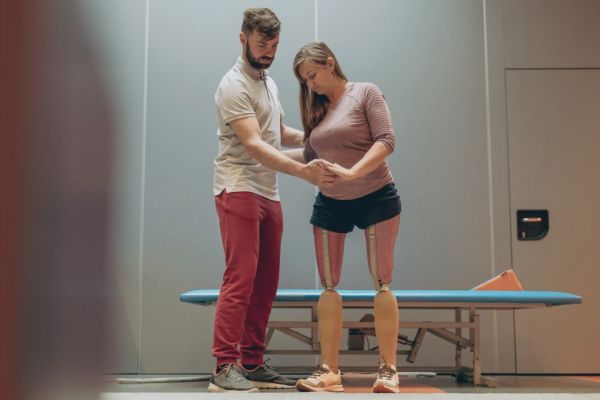
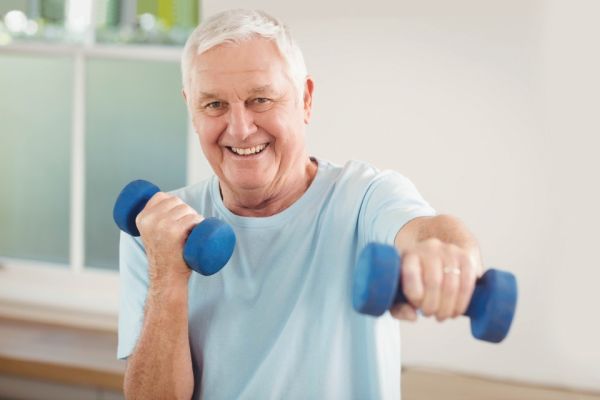

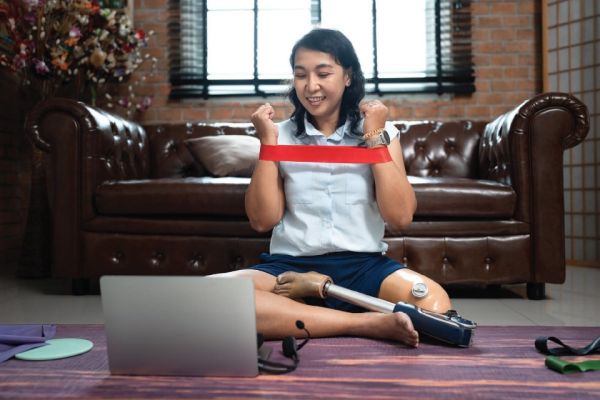
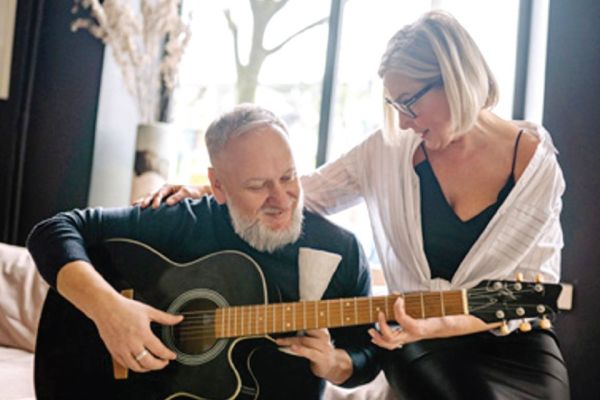
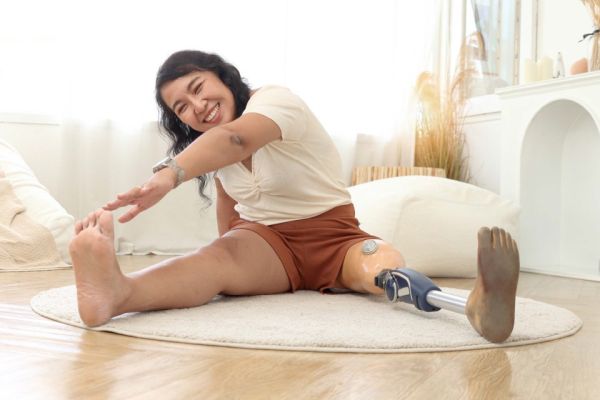
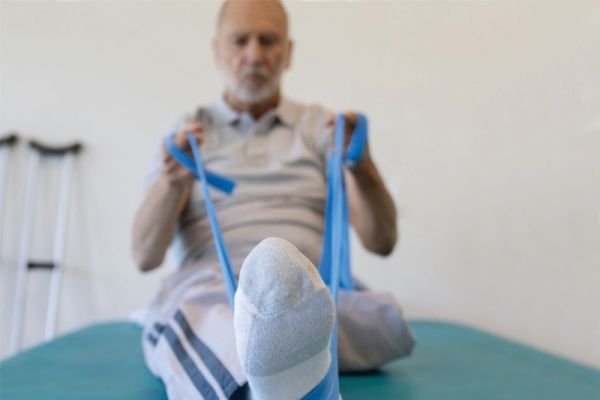
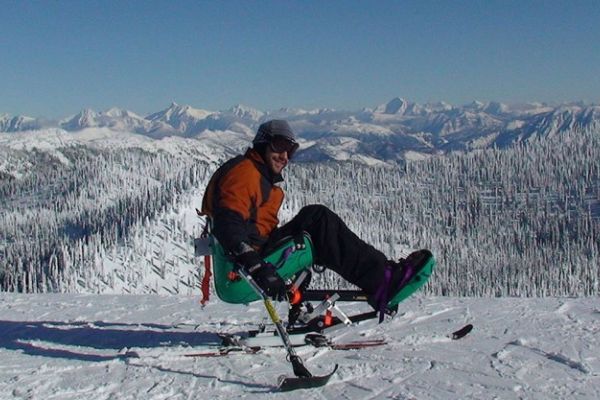
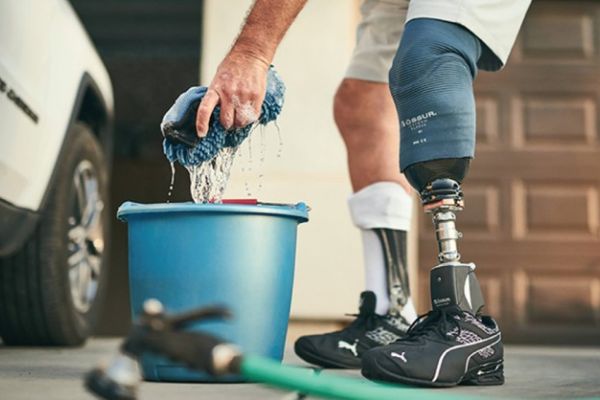
 How to resolve AdBlock issue?
How to resolve AdBlock issue?